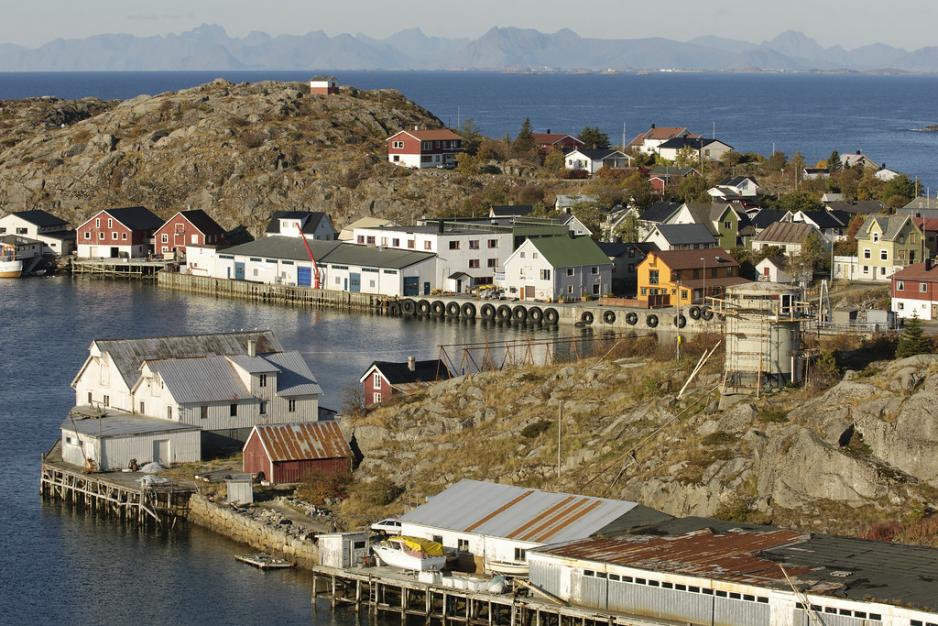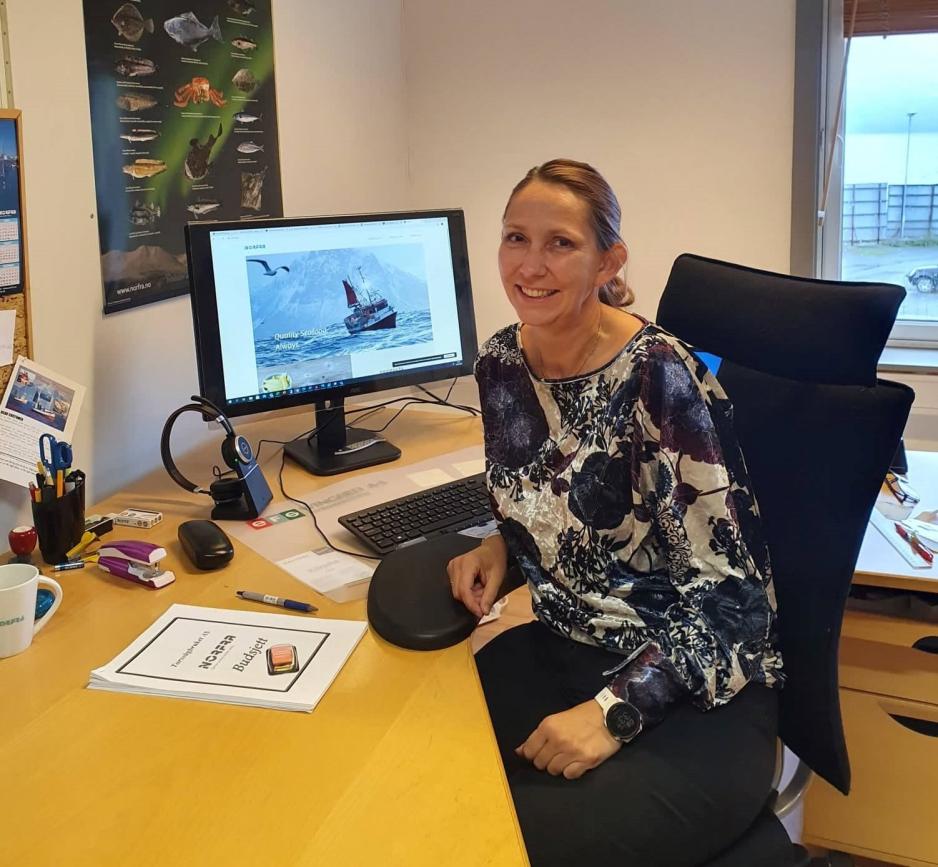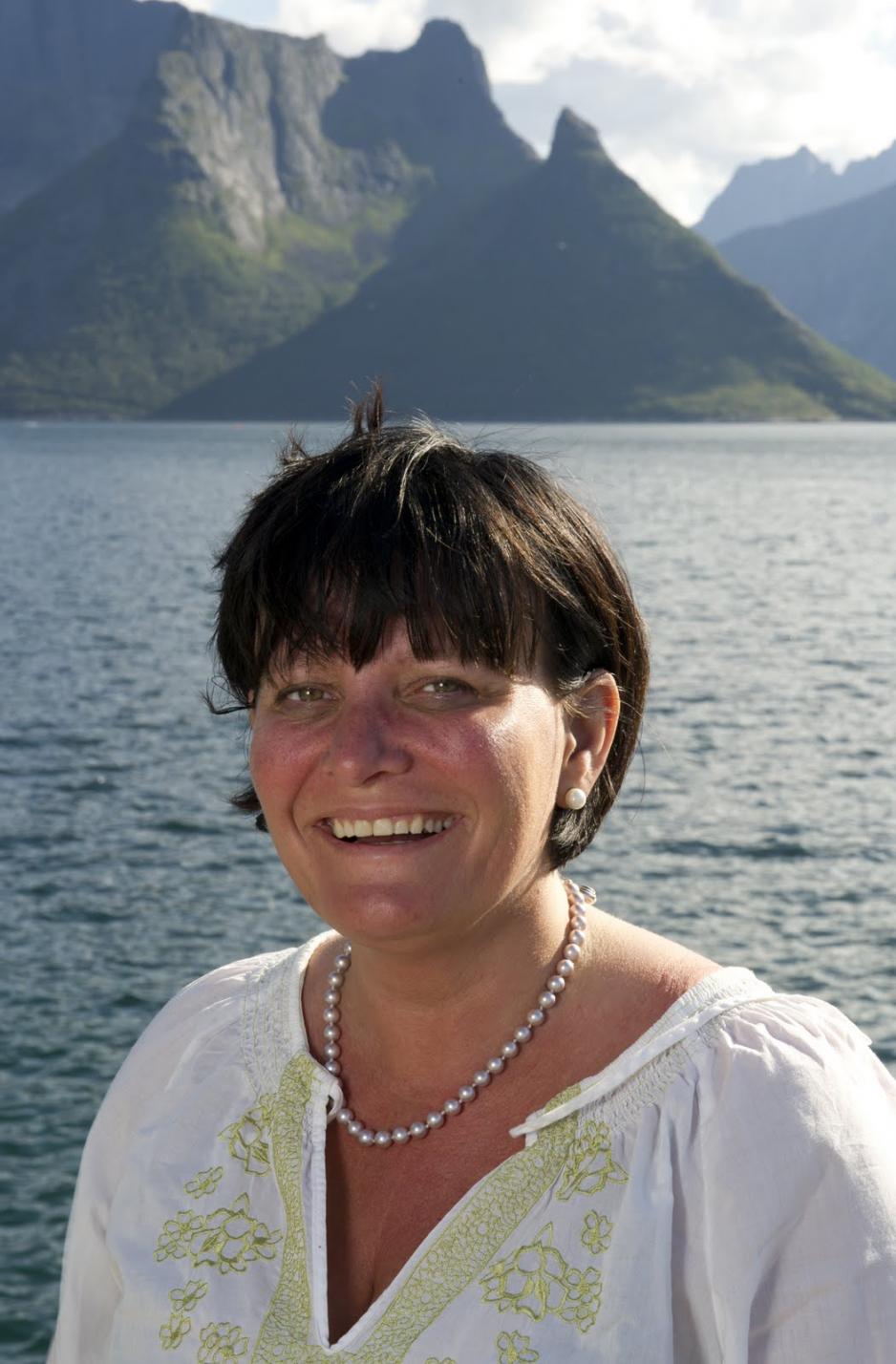Optimism for the Norwegian Seafood Industry

Good news for the seafood industry: The Norwegian Seafood Council reports of strong growth in the value of Norwegian seafood export in July, compared to July of last year. (Photo: Wenzel Prokosch/GRID Arendal).
“The season started hard and with lots of insecurity, however, from April onwards the situation improved. Towards the end of the season, there was a very high demand for white fish products”, says CEO Rita Karlsen of Brødrene Karlsen fish company to High North News.
“Last year was hard. Margins more or less vanished”, says CEO Bjørg Helen Nøstfold of the Norfra fish company.
2020 turned out to be a hard year for many companies in the fisheries and seafood industry. The Covid-19 pandemic and shut-down fresh food counters, fish markets and restaurants lead to lower demand for and price on several products.
Value dropped
Much fish was sold at lower prices in summer and fall than what the companies had envisioned when purchasing the fish from the fishing fleet at relatively high prices earlier in the year.
Some products were harder hit than others. That went in particular for fresh products, as well as for products like stockfish, clipfish and salt fish, whose main consumption lies in the hotel and restaurant industry in hard-hit countries like Italy, Portugal, and Brazil.

CEO Bjørg Helen Nøstvold of Norfra, one of the largest North Norwegian wild fish companies. (Photo: Norfra)
In this industry, we are optimists. Otherwise, we could not be here.
“However, it looks better this year, so far”, Nøstvold continues. The CEO took over the helm of Norfra this spring. The company operates in fish production at several locations in Northern Noway and exports fresh fish and salt fish.
“A lot has to do with our being better prepared this year, having purchased the raw material from the fishing fleet at lower prices. Last year we had negative margins, this year they are positive, and we can compensate for last year.”
According to a press release, the company normally has a turnover of NOK 500 million annually, yet the pandemic led to an 18 percent reduction in 2020.
While some companies have had to sell the fish fresh straight onto the market to have circulation, Norfra has had the economy to both hang and salt its fish this year too, Nøstvold says.
“We decided early on to follow this strategy, and we are rewarded for it when markets now begin to open up again.”
Increasing demand
Husøy in Senja, Troms County, also reports of an increasingly positive development in demand.
“The season started hard and with lots of insecurity, however, from April onwards the situation improved. Towards the end of the season, there was a very high demand for white fish products”, says CEO Rita Karlsen of Brødrene Karlsen fish company.
The company exports approximately even amounts of fresh and salted fish. Salt fish is normally exported from February to June.
“Last year, we had large storages of salt fish towards Christmas, but this year, more has gone out”, Karlsen adds.
Still demanding situation
According to the Norwegian Seafood Council, both the volume and the value of salt fish and klipfish export increased in July compared to July of last year. For fresh cod, export volume and value also increased.
“There is a high demand for salt fish and clipfish. Aw for dried fish, it is too soon to tell yet. However, we believe fall will be good”, says Norfra CEO Nøstvold.
Incoming Director of Industry and Trade Stine Akselsen at the Norwegian Seafood Federation explains that export of conventional products like salt fish and clipfish has picked up, however, the situation is still demanding and unpredictable.
Incoming Director of Industry and Trade Stine Akselsen at the Norwegian Seafood Federation. She leaves a job as head of Business Policy at Seafood Norway and has previously been mayor (Labor) of Lebesby in Finnmark County. (Photo: Norwegian Seafood Federation).
“The crisis is not over yet, in particular not in Brazil, which is a huge clipfish market. It has been a fairly good summer for those who export to Portugal, however that market has not yet fully recovered. Two of our most important clipfish markets have been hard hit [by the pandemic] and still are. In addition, it is still hard in Italy, which is a main market for stockfish”, she says to High North News.
“In the future, much will depend on how purchasing power and re-opening will develop out in the markets”, Akselsen adds.
This article was originally published in Norwegian and has been translated by HNN's Elisabeth Bergquist.


